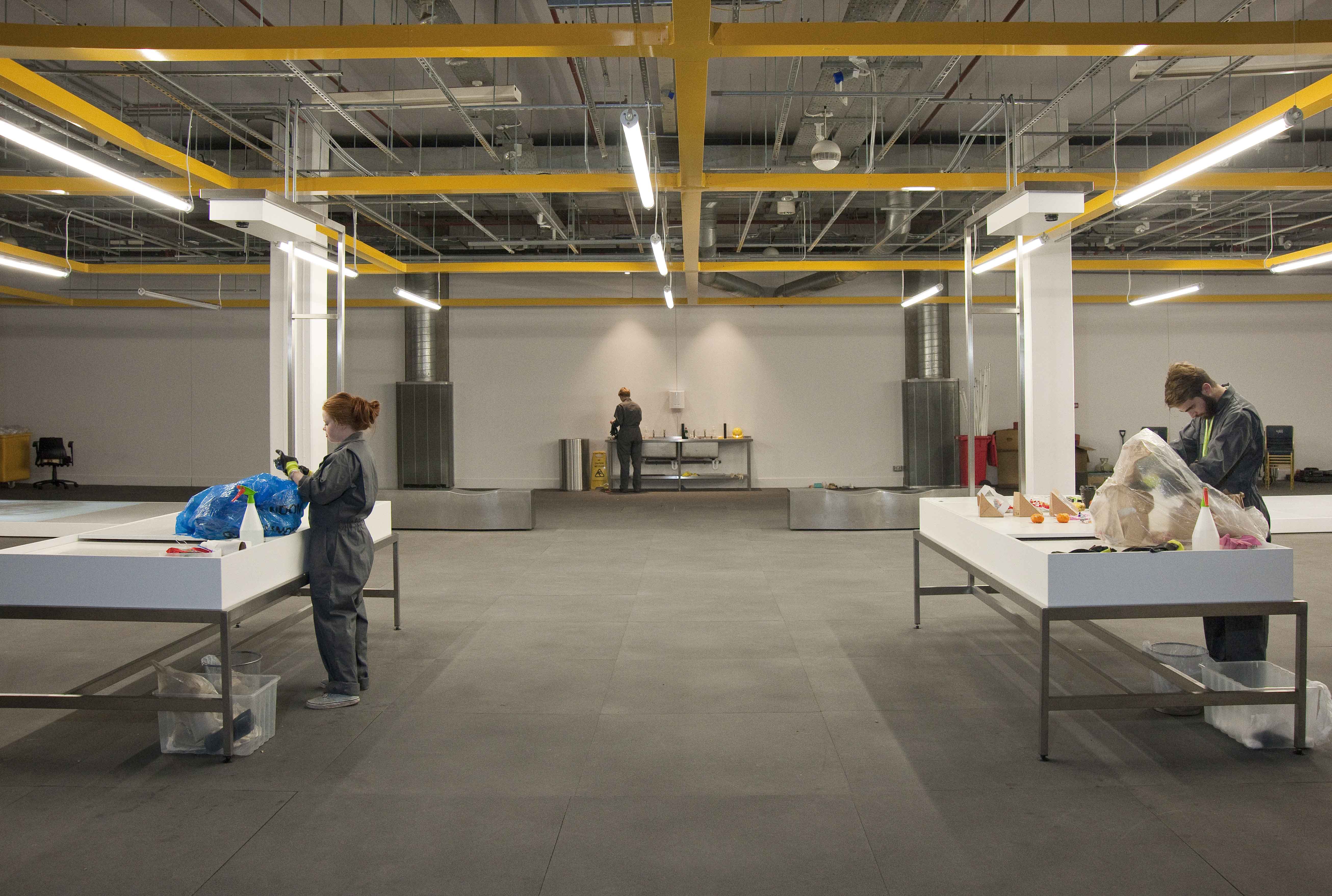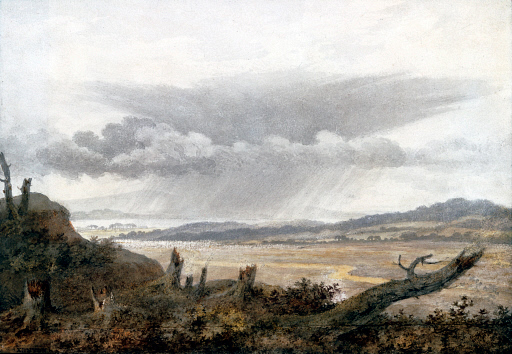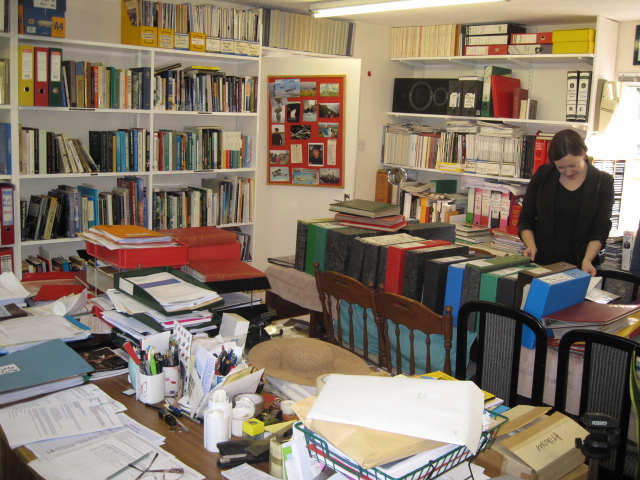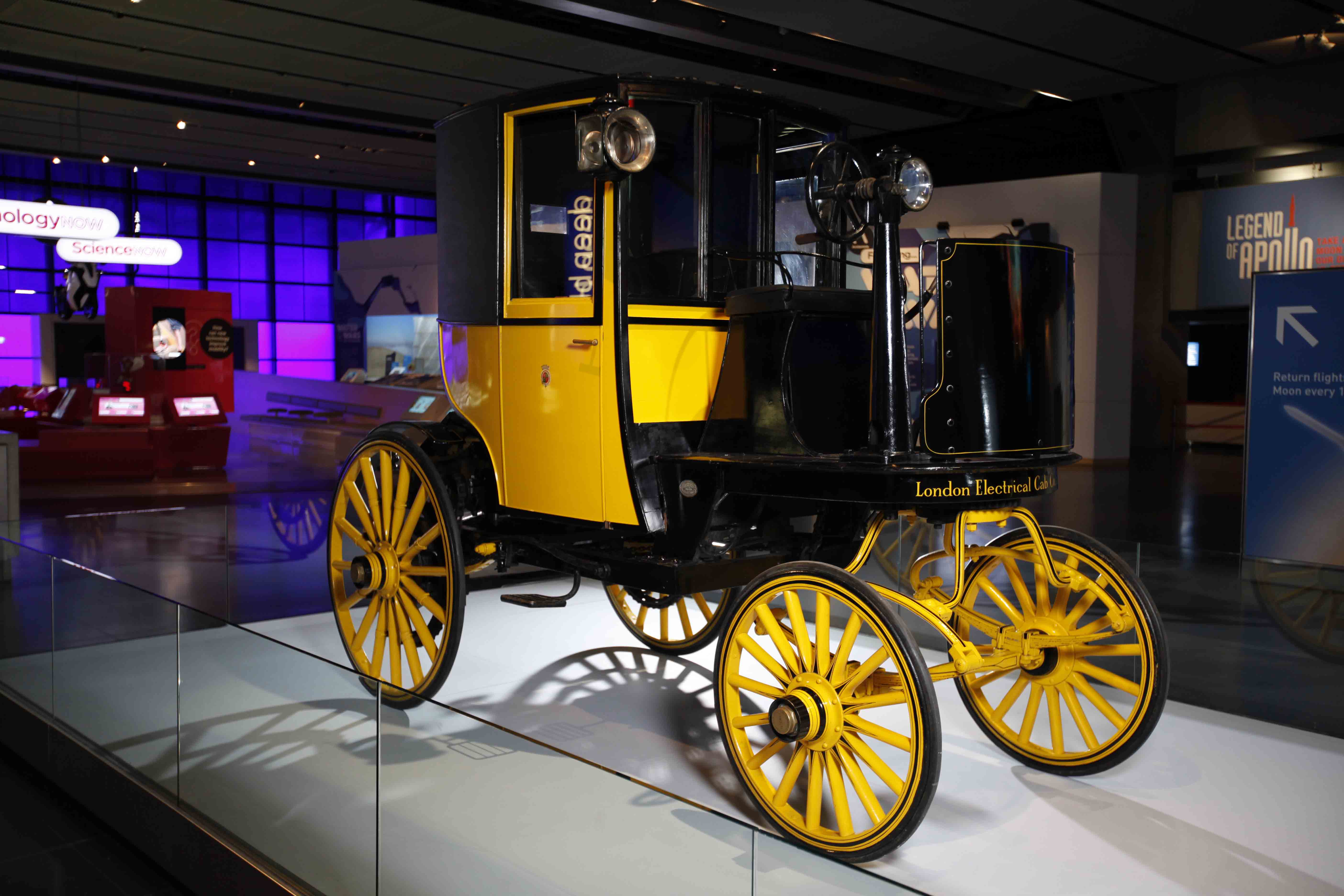
This summer the Science Museum is doing something crazy. It is allowing members of the public to rummage through its bins, writes artist Joshua Sofaer.

This summer the Science Museum is doing something crazy. It is allowing members of the public to rummage through its bins, writes artist Joshua Sofaer.
Press officer Laura Singleton reports on Lovelock’s life and career as an independent scientist.
Corrinne Burns blogs on ADIOS, a GPS enabled javelin which helps tracks icebergs. You can see ADIOS on display in the Museum’s contemporary science gallery.
Roger Highfield blogs on the latest IPCC report, and how you can discover more about climate change at the Science Museum.

Rachel Boon looks at the pioneering work of Luke Howard, the man who named the clouds.
Howard Covington and Prof. Chris Rapley reflect on the latest climate change report.

Dani Williams, Project Co-ordinator for the Climate Science Outreach Project, reflects on the success of the three year project as it draws to a close. How do you engage teenagers in climate change? This was our challenge when we launched the Climate Science Outreach Project – a three year project run by the museum in partnership with the National Railway Museum in York, Museum of Science and Industry in Manchester, At-Bristol science centre and the Catalyst Science Discovery Centre. The nationwide project was designed to inspire 13-14 year […]
Roger Highfield, Director of External Affairs at the Science Museum Group, writes about bringing Westminster to the Science Museum. The Science Museum witnessed democracy in action this morning when it hosted a meeting of one of the committees used by the House of Commons to provide a means of impartial, systematic scrutiny of government. The chair of the Science and Technology Select Committee, Andrew Miller MP, has held evidence sessions outside Westminster, notably in Sheffield for its “bridging the valley […]
Guest post by author Tony White, who writes about his new novel Shackleton’s Man Goes South, the Science Museum’s 2013 Atmosphere commission. Download the book here. I’m really excited that the moment you turn the corner from the lifts on the 2nd floor of the Science Museum you get a clear view right across the Atmosphere Gallery to a large logo on the opposite wall, twenty-feet high, which seems to be melting or dripping down the wall but which still recognisably spells […]

The unpredictable British weather has had a big impact on our lives already this year. So, as we emerge from the April showers, what better theme for a Lates evening is there than the science of climate change?

It’s an amazing image to conjure with: the 23-year old James Lovelock, our most famous independent scientist, cradling a baby in his arms who would grow to become the world’s best known scientist, Stephen Hawking.
Lovelock told me about this touching encounter during one of his recent visits to the Science Museum, a vivid reminder of why the museum has spent £300,000 on his archive, an extraordinary collection of notebooks, manuscripts photographs and correspondence that reveals the remarkable extent of his research over a lifetime, from cryobiology and colds to Gaia and geoengineering.

The Science Museum’s Dana Centre hosted a screening of Revenge of the Electric Car, with the Director and an EV expert taking questions from the audience.